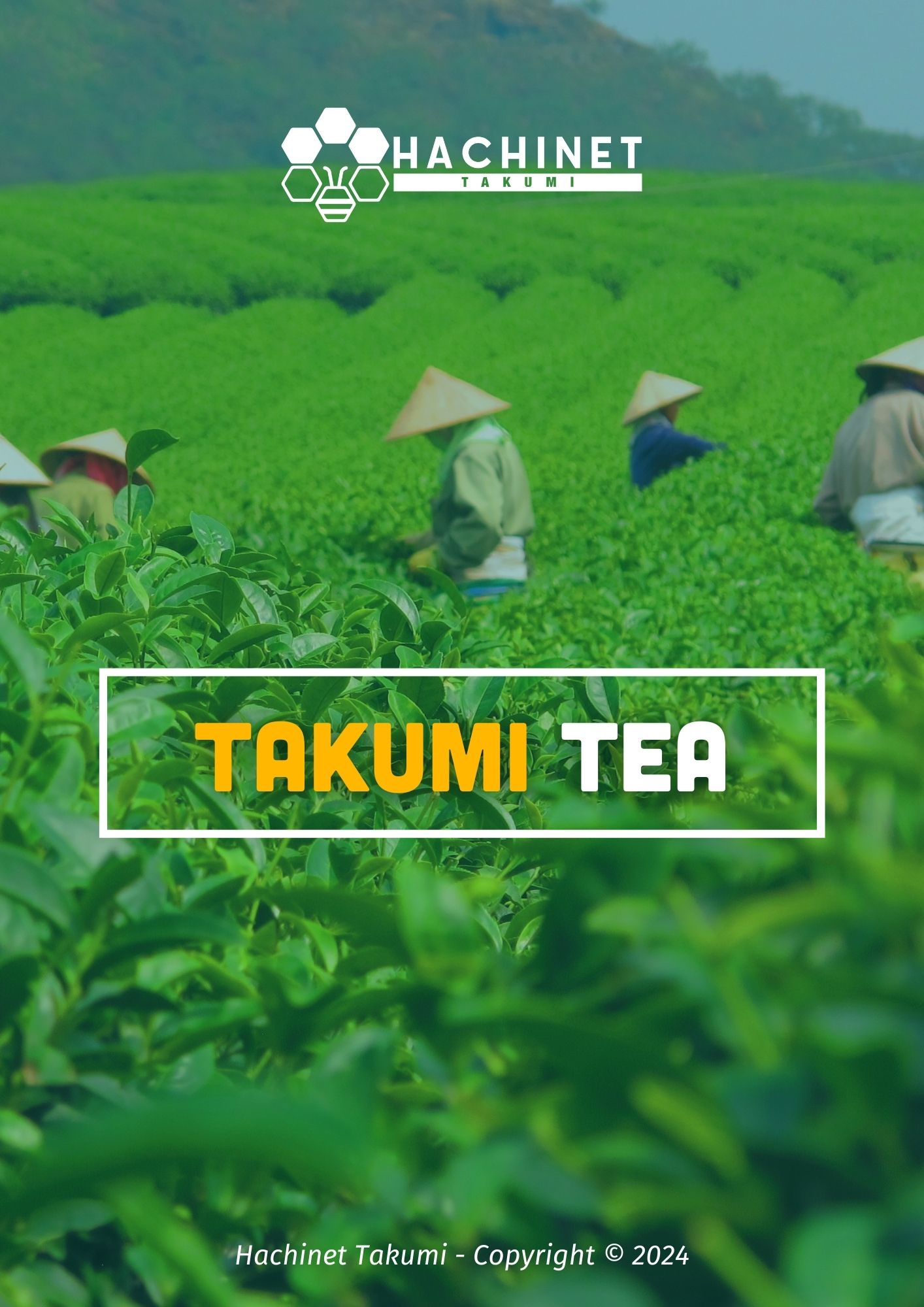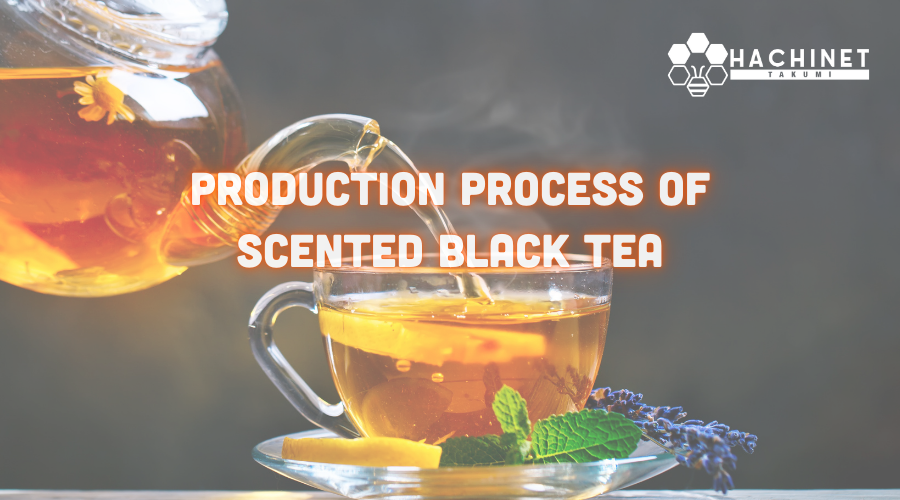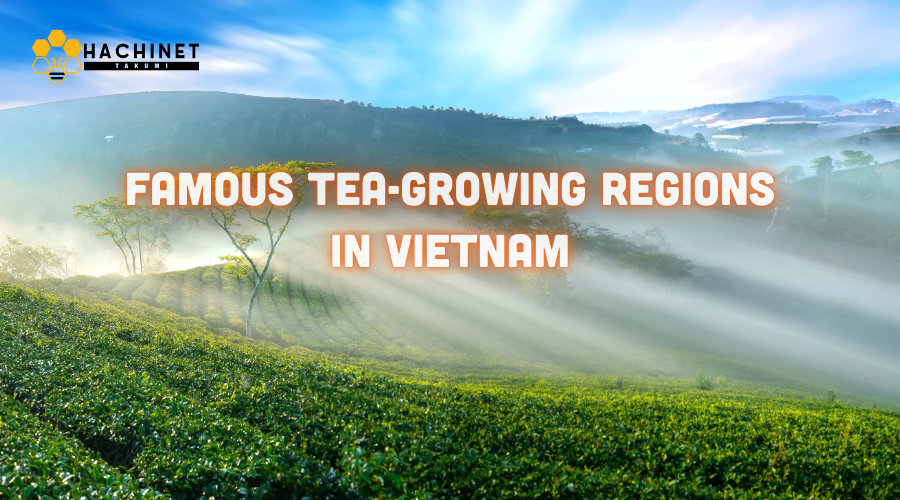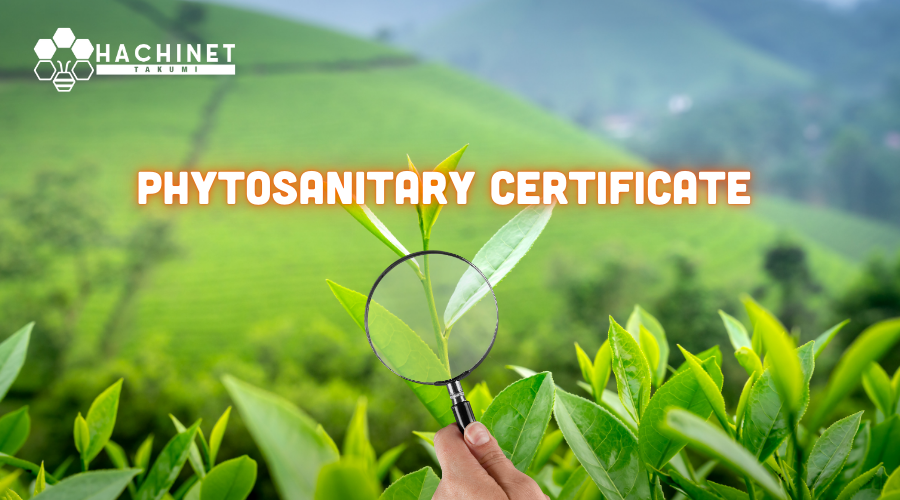Unveiling Vietnam's Tea Treasures: A Deep Dive into the Country's Exported Tea Products
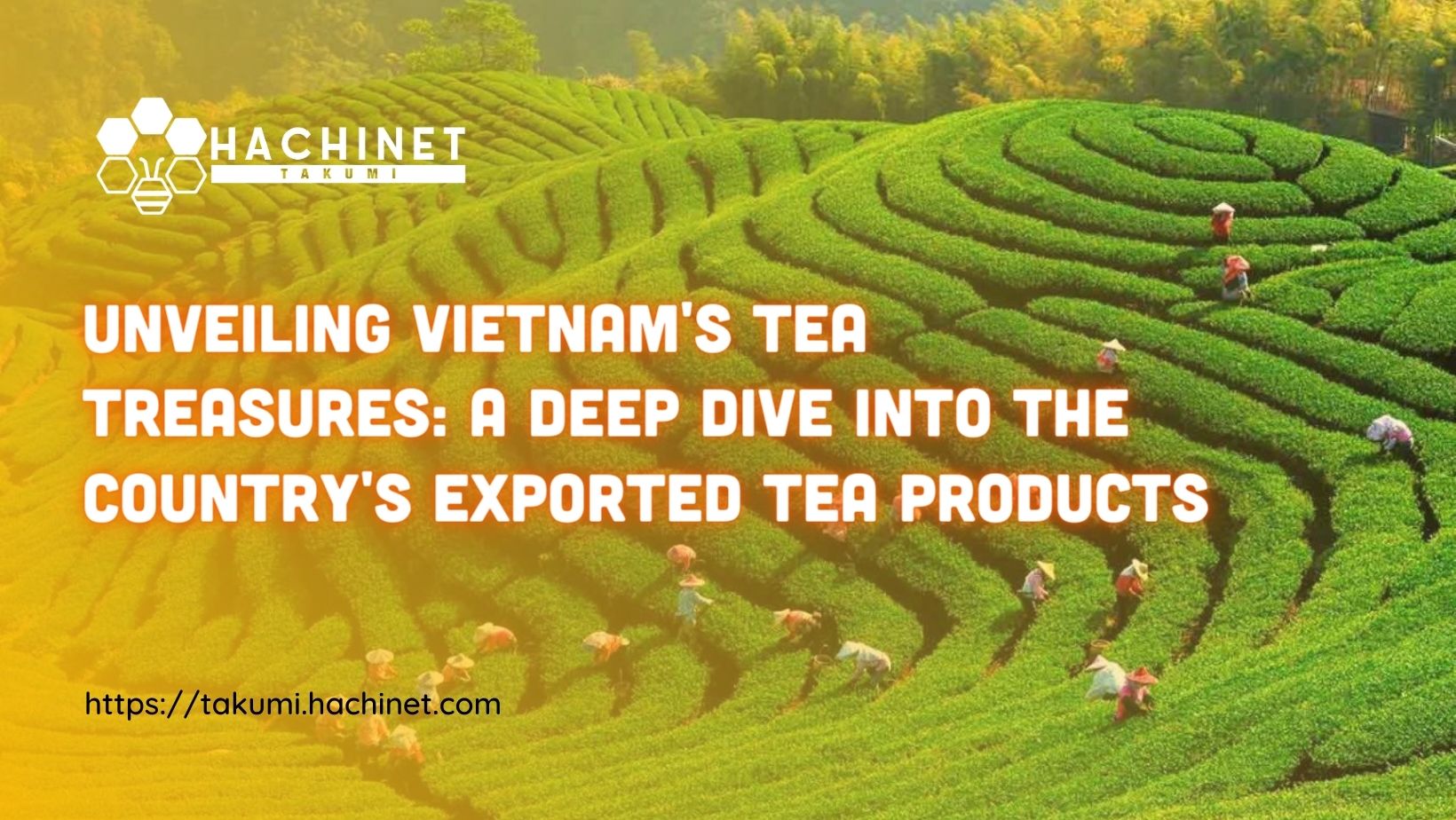
Nestled in the heart of Southeast Asia, Vietnam has emerged as a global powerhouse in the tea industry. With a rich tradition of tea cultivation dating back centuries, the country's tea plantations paint a lush and vibrant landscape, contributing significantly to the world's tea market. In this exploration, we delve into the fascinating world of Vietnam's exported tea products, uncovering the nuances of cultivation, processing, and the global impact of this aromatic commodity.
1. Historical Tapestry of Vietnamese Tea:
Vietnam's tea story unfolds against a backdrop of cultural heritage and agricultural innovation. Tracing its roots to ancient times, the art of tea cultivation in Vietnam has been shaped by diverse influences, resulting in a tapestry of unique flavors and varieties.
2. Key Varieties and Flavors:
Vietnam's tea offerings span a spectrum of tastes and types. From the robust and earthy flavors of Vietnamese black tea to the delicate notes of green tea, oolong, and the rare white tea, the country caters to a global audience with discerning palates.
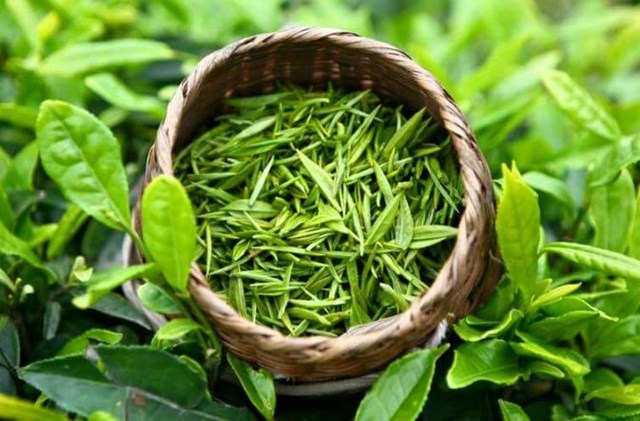
3. Export Trends and Markets:
As a major player in the global tea trade, Vietnam has strategically positioned itself in key markets. Examining export trends reveals the dynamic nature of the industry, with traditional tea-loving nations such as Russia and China alongside emerging markets like the United States and European countries.
4. Quality Assurance and Standards:
Vietnam's tea producers have invested in elevating the quality of their products to meet stringent international standards. From cultivation practices to processing methods, adherence to quality control measures ensures that exported Vietnamese tea stands out on the global stage.
5. Sustainable Practices and Organic Tea:
In an era marked by environmental consciousness, Vietnam's tea industry has embraced sustainability and organic farming. The integration of eco-friendly practices not only aligns with global trends but also reflects a commitment to responsible agriculture.
6. Challenges and Triumphs:
Despite its remarkable growth, Vietnam's tea industry faces challenges. From competition with other tea-producing nations to navigating fluctuations in international tea prices, the journey of Vietnam's exported tea is one marked by resilience and adaptability.
7. The Role of Technology:
Modern processing and packaging facilities play a pivotal role in ensuring that Vietnam's tea products meet the expectations of global consumers. Technological advancements contribute to efficiency, product consistency, and the preservation of the tea's inherent qualities.
8. Cultural Significance:
Beyond the economic aspects, tea holds cultural significance in Vietnam. The traditional tea ceremony, a symbol of hospitality and respect, underscores the integral role that tea plays in the fabric of Vietnamese society.
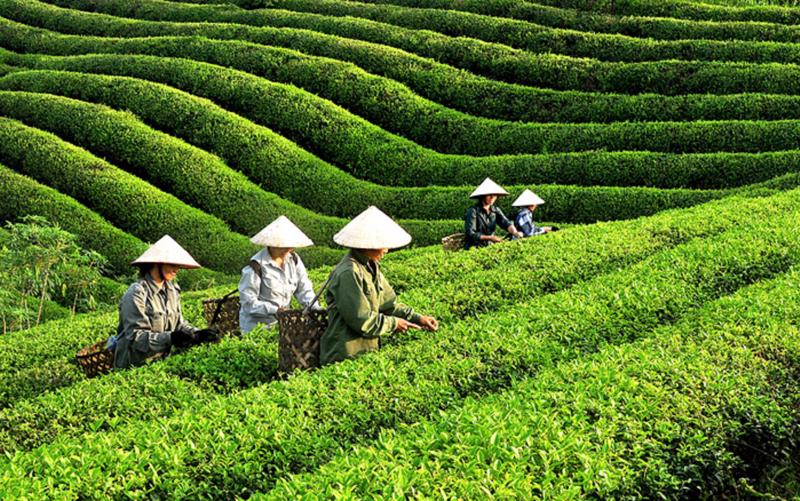
As we conclude our exploration into Vietnam's exported tea products, it is evident that the country's tea industry is not just a source of economic prosperity but a cultural ambassador on the global stage. The aromatic leaves that traverse borders tell a tale of tradition, innovation, and the resilience of a nation that has carved its niche in the world of tea. As tea enthusiasts worldwide savor each cup, they become partakers in the story of Vietnam's tea treasures.


